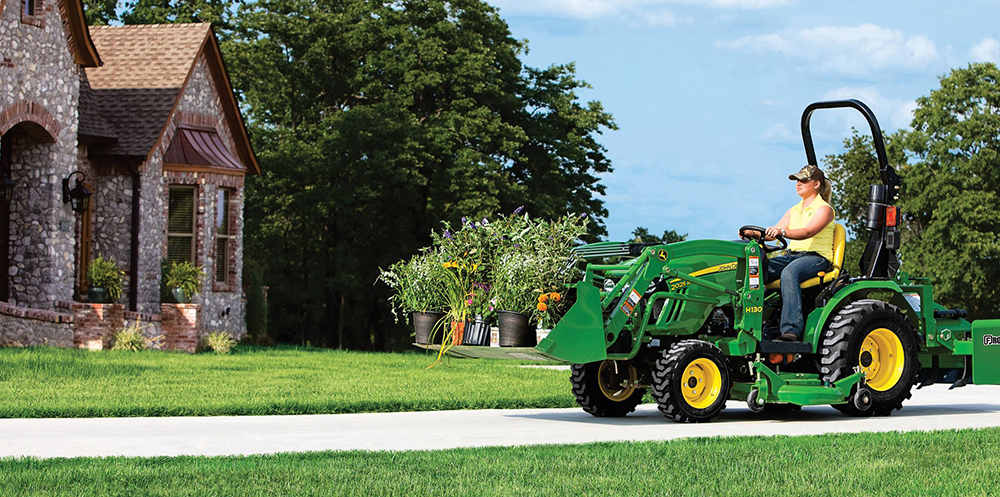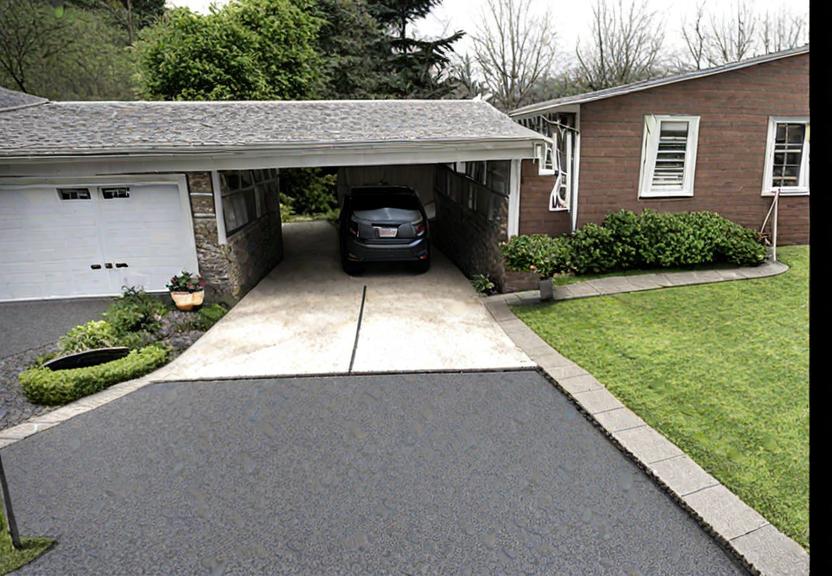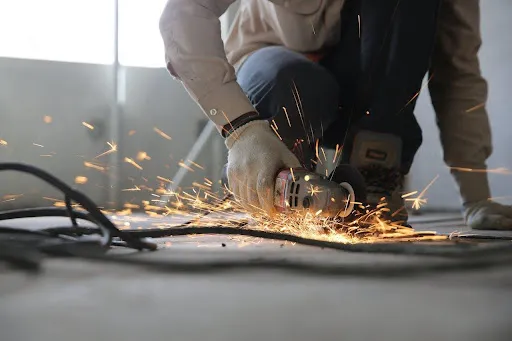When it comes to tackling agricultural or landscaping projects, having the right equipment can make all the difference. John Deere, a trusted name in the industry, offers a wide range of high-quality machinery that can help you get the job done efficiently. If you’re considering purchasing used John Deere equipment for your project, this guide will walk you through the steps to find the perfect fit in your local area.
Table of Contents
Step 1: Determine Your Project Needs
Before you begin your search, clearly define the requirements of your project. Assess the type of work you’ll be undertaking, the size of the land, and the specific tasks the equipment needs to handle. Whether you need a tractor, a mower, or any other machinery, understanding your project’s demands will help you narrow down your options.
Step 2: Set Your Budget
Establishing a budget is crucial when buying used equipment. While John Deere equipment is known for its reliability and longevity, pricing can vary based on age, condition, and features. Determine the maximum amount you are willing to spend and be prepared to negotiate with sellers to get the best deal.
Step 3: Research Reputable Sellers
Once you have a clear idea of what you need and how much you’re willing to spend, it’s time to find reputable sellers in your area. Start by looking for authorized John Deere dealerships or certified pre-owned programs, as they often provide machines that have been thoroughly inspected and may come with warranties.
Additionally, you can explore local classifieds, online marketplaces, and auction websites. However, when dealing with private sellers, exercise caution and ask for maintenance records, service history, and any other relevant documentation to ensure the equipment’s condition.
Step 4: Inspect the Equipment
Before making any purchase, it’s crucial to inspect the used John Deere equipment in person. If you’re not familiar with machinery, bring along a knowledgeable friend or a qualified mechanic who can help you assess the condition of the equipment.
Key points to inspect include:
-
Physical condition: Check for signs of wear, rust, or damage to the body, tires, and attachments.
-
Engine and performance: Start the equipment to assess how it runs, checking for unusual noises or excessive smoke.
-
Hours of operation: Inquire about the total hours of use, as this can give you an idea of the machine’s overall wear and tear.
-
Maintenance history: Ask for records of regular maintenance and any major repairs that have been performed.
-
Serial number verification: Verify the serial number with John Deere to ensure the equipment’s authenticity and to check if there are any recalls or known issues with that model.
Step 5: Test Drive and Operate
If possible, take the equipment for a test drive or operate it in a controlled environment. This will allow you to experience firsthand how it handles and if it meets your project’s specific requirements.
Step 6: Negotiate and Finalize the Deal
If you are satisfied with the condition and performance of the equipment, it’s time to negotiate the price with the seller. Be prepared to haggle and use the gathered information about the market value and the equipment’s condition to your advantage. Once an agreement is reached, ensure that all necessary paperwork, including the bill of sale, is properly completed and signed.
Step 7: Transportation and Delivery
Arrange for transportation of the equipment to your project site. If you don’t have the means to transport it yourself, inquire with the seller if they can provide delivery services or recommend reliable transportation options.
Step 8: Post-Purchase Maintenance
After your purchase, maintain the equipment regularly to ensure optimal performance and longevity. Follow the manufacturer’s recommended maintenance schedule and take care of any repairs promptly.





